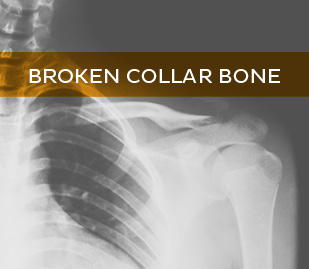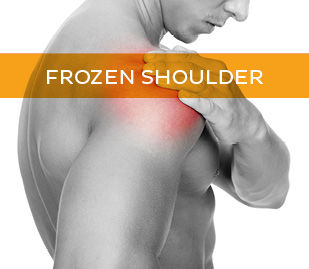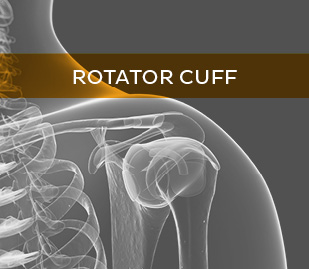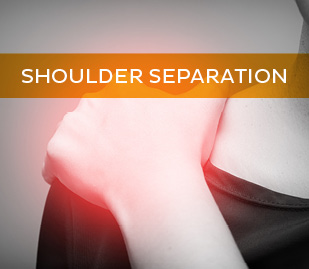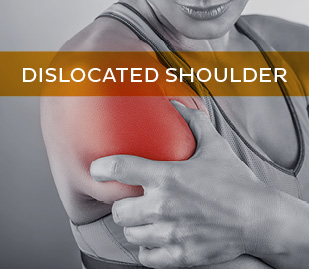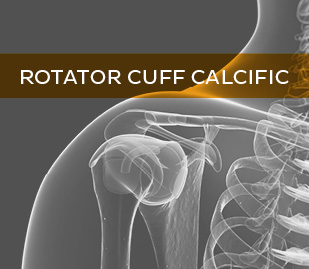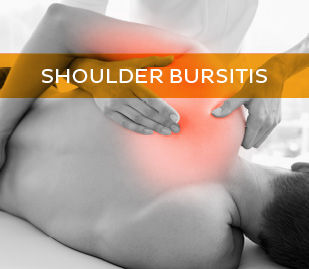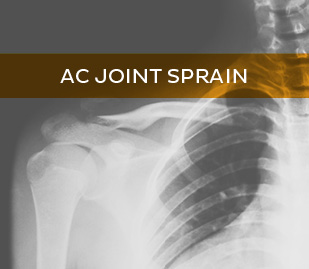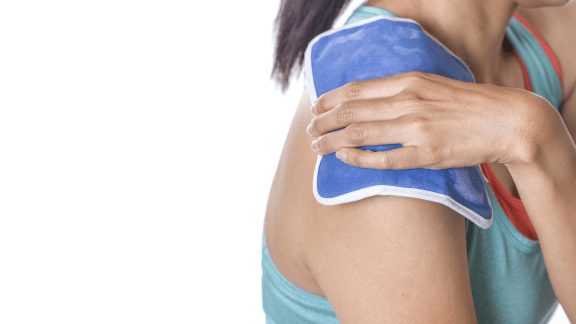
The shoulder complex is made up of the glenohumeral, acromioclavicular, sternoclavicular and scapular thoracic joints. The Shoulder complex is predominantly structured to offer maximal range of motion. The stability of the shoulder joint is therefore provided by the joint capsule, ligaments and a group of muscles called the rotator cuff. The shoulder complex is also surrounded by large powerful muscles. Subacromial pain syndrome is a very common injury. This is the name given to non-traumatic shoulder injuries that present as pain under the acromion (top part of the shoulder) and often get worse with lifting the arm. This includes conditions where the tendons and bursa become irritated and inflamed. These types of injuries are often minor and can be managed using the principles of POLICE, under the guidance of a physiotherapist. Occasionally injuries can be more severe, especially if there was trauma. If you have had a traumatic injury we advise that you seek a medical review ASAP.
Shoulder Injury Products
We have all the professional products recommended by the best Physios
Shoulder Injuries Table
This table shows some of the key symptoms of the most common shoulder injuries. We strongly advise that you see a healthcare professional rather than attempt to self-diagnose.
The information pages about each condition should help to explain the injury you have and signpost how it can be appropriately managed. Remember that wear and tear (degeneration) in your shoulder is a normal part of ageing. Often, people with large amounts of wear and tear on scans have no symptoms and are fully functioning. Avoiding moving your shoulder and general physical activity will not help. It is however advisable to manage your condition using the POLICE principle under the guidance of a physiotherapist. Pain-free clicking is nothing to worry about, as it is either tight tendons and ligaments flicking over the joints, or the release of nitrogen gas bubbles from your joints (cavitation). If there are high levels of pain with the clicking, shoulder instability or deformity then seek a medical assessment.
| Condition | Common Signs & Symptoms | |||||
| Pain | Swelling | Stiffness | Weakness | Instability | Locking | |
| Broken Collar Bone | ||||||
| Dislocated Shoulder | ||||||
| Frozen Shoulder | ||||||
| Rotator Cuff Calcific Tendonitis | ||||||
| Rotator Cuff Injury | ||||||
| Shoulder Bursitis | ||||||
| Shoulder Separation | ||||||



